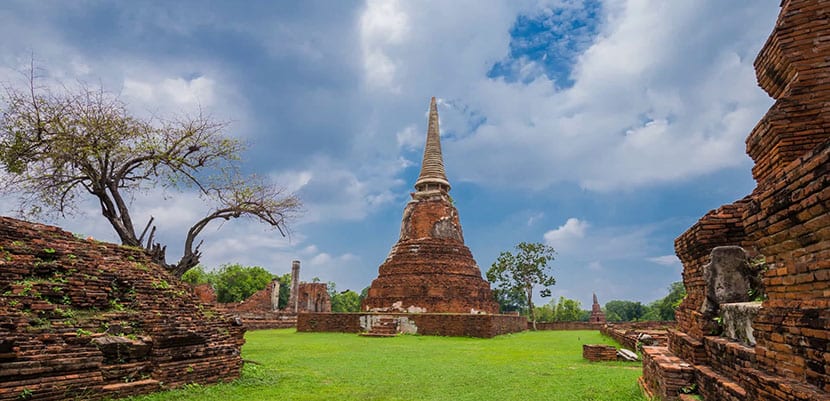
Thailand It is one of the most popular destinations for international tourism and the secret is both its landscapes and how cheap it is for travelers with euros or dollars. The plane may not be cheap but the cost of living there makes up for everything. Does the name Ayuttahaya sound familiar to you?
It is one of the popular attractions in Thailand: a large group of wonderful temple ruins that UNESCO has already protected by naming World Heritage. Let's see where they are and how they can be found.
Ayuttahay Historical Park
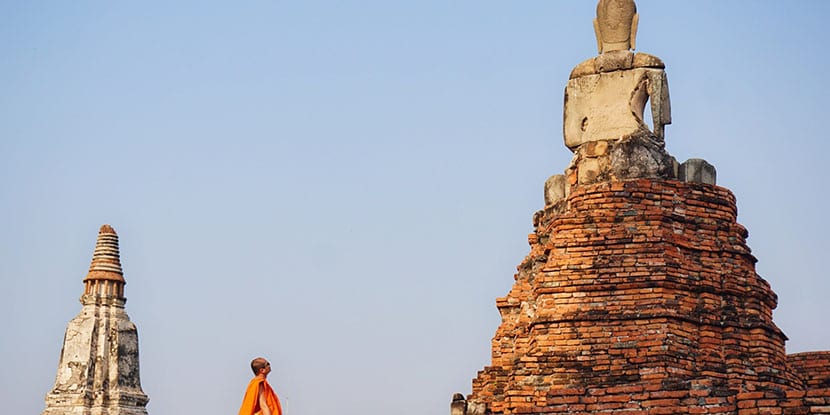
This is the official name of the place in Phra Nakhon Si Ayuttahaya province. Are the ruins of the ancient city founded by a king in 1351 and it served as a capital until the end of the XNUMXth century.
The historical park was born as a way to protect the valuable ruins back in 1976, but UNESCO reinforced the concept of care and preservation in 1991. The importance of the city was such that it became a large city with a million inhabitants and a shopping all over Asia. When Europeans came into contact with it, they could not help but marvel at the beauty and luxury of its temples and palaces.
Unfortunately, at the end of the XNUMXth century, the Burmese invaded the city and burned it, and it is its ruins that today tell us about that past splendor built in stone.
Visit the ruins of Attuhaya
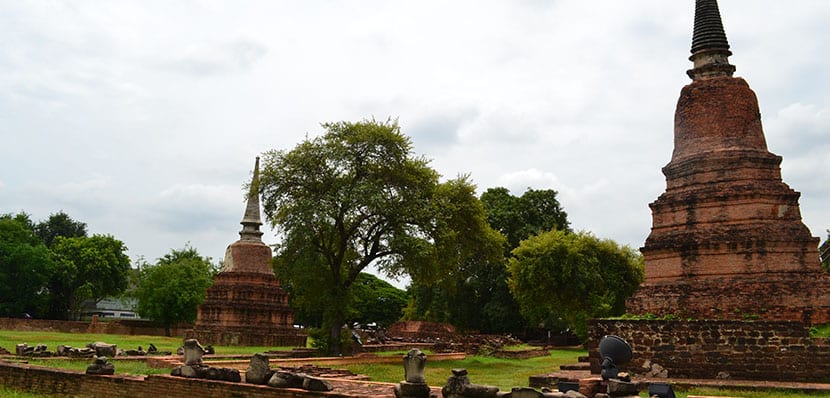
Ayuttahaya is an island that is located at the confluence of the Pa Sak, Lopburi and Chao Phraya rivers. You arrive by train from other corners of Thailand and the station is on the east side so you must at least cross one of these rivers in a ferry boat. The truth is arriving by train is the cheapest form of transport but also the one that will give you the most beautiful images of the Thai landscape.
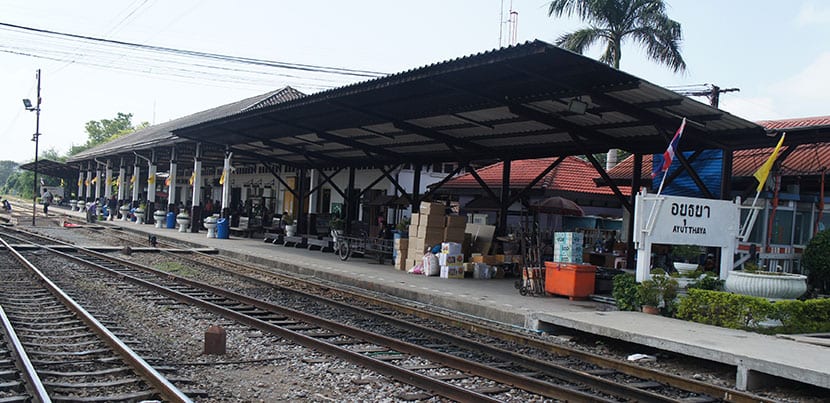
From Bangkok, from Hualamphong Station, the trip is between an hour and a half and two and a half hours depending on what service you take. There are very cheap second and third class seats. If you are going to look at a Thai train website, reserve some doubts and arrive before the advertised time because there may be errors. Afterwards, the crossing on the ferry boat is also easy as it is the usual tourist route and they leave every 15 minutes. Either you walk up to them or in tuktuk.
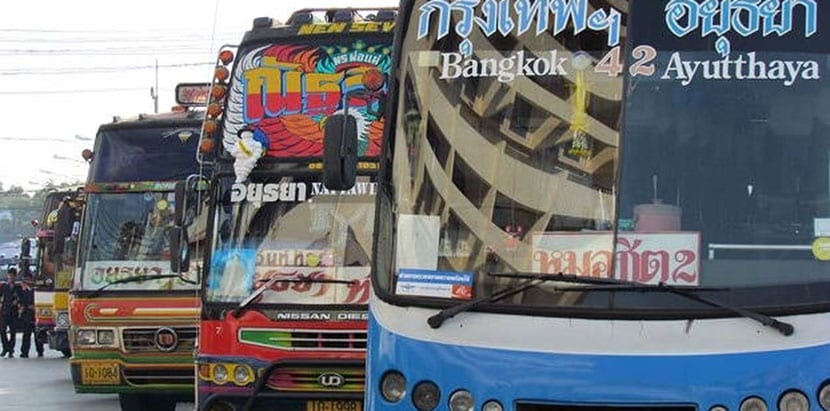
If you don't want the train you can use the bus. Services to Attuyhaya depart from Bangkok every 20 minutes from the North Terminal and the last part at 6 pm. There are first class air-conditioned buses and the entire trip is estimated to take two hours due to the state of the routes or the odd stop, even if it says direct service. If you then arrive by bus, the station in Ayuttahaya is located on Naresuan Street near the Chao Phrom Market.
And yes, you can also avoid the bus and hire one minivan or minibus that depart from MoChit station or Rangsit. A final worse alternative no less interesting is arrive by boat from Bangkok stopping at Ko Kret and Bang Pa-In. It is a long journey, which will take you most of the day, but it is picturesque.

Moving around the island is easy since there is U Thong street that bypasses it and with a good map of where what you want to see is, moving from here to there is easy and simple. You may rent a bike Also and it's great to tour the archaeological park. The trails are paved and the distance between the temples is small. You can even leave the island by bike because everything is close. There are many bike rental shops and you can get the map from your local tourist office.
And if you like tuktuk then you can take advantage of the ones here, which are a little bigger than the ones in Bangkok. Or renting a motorcycle is another option.
Visit the Attuhaya Archaeological Park
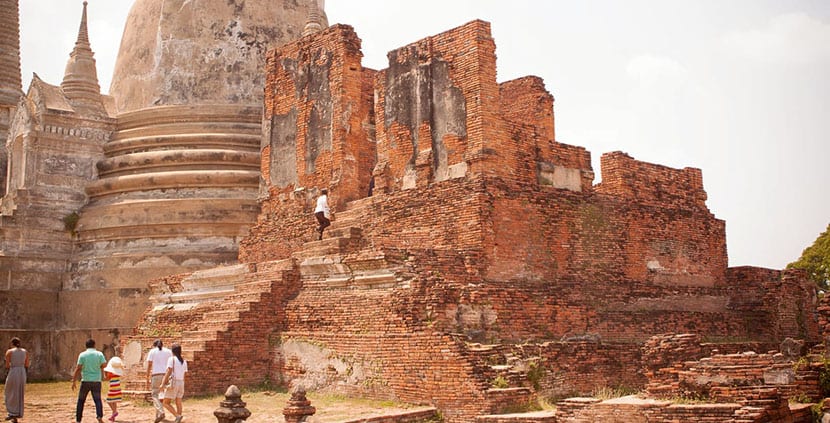
It is basically about visiting the three palaces: the Grand Palace, Chantharakasem Palace and Wang Lang Palace and a handful of ruined temples and entire others that are still in operation. For some you pay entry and for others you don't. The truth is that you need two days to explore the entire area well so if you don't have two days then you have to summarize.
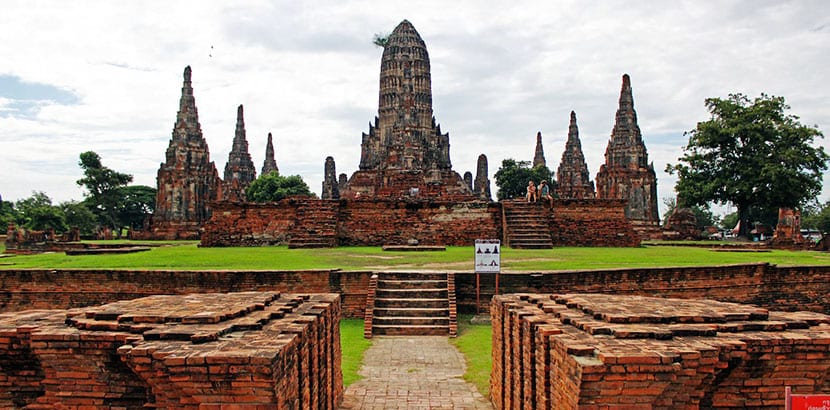
As the history of the city can be concentrated in three periods, you can divide the visit into buildings from those three historical periods and simplify things. The ones you can't skip:
- Wat Mahathat: It is where the head of Buddha is and it is very much in ruins. It is in the center of the city and was the residence of the Supreme Patriarch. It is believed to have been built in the XNUMXth century and although the prang It last collapsed in 1911 you can see that it was huge and very tall.
- Wat Ratchaburana: It was built by King Borom Ratchathirat II in the same place where his two brothers were assassinated fighting for the throne. The statues of the gods here were stolen and little was recovered. Inside there are murals with the life of Buddha but everything is very deteriorated.
- Wat Phra Si Sanphet: Its three towers or chedis are today the symbol of the archaeological park. You find these temples within the palace gardens and they were used only for royal ceremonies or to keep relics. These three chedis are believed to hold the ashes of three kings.
- Wat Chai Wattanaram: It was built in 1630 to celebrate the coronation of King Prasat Thong and there is a central prang with others surrounding it and many towers. The central prang symbolizes Mount Meru and the four lateral ones symbolize the four continents that in the Buddhist cosmogony are inhabited by human beings. Originally it had 120 lacquered Buddhas and many murals but in the XNUMXth century it was used as a shooting range and later the sale of stones and bricks became common.
Finally, there are the What Phanan Choeng, with a huge image of Buddha, the Wat Phutthai Sawan, wat phra ram, wat na phramen, Wat Choengtha and Wat Suwan Dararam and Wat Mongkhon Bophit. Of course there are many more, each with its own attractions and that's really why two days is better than one.
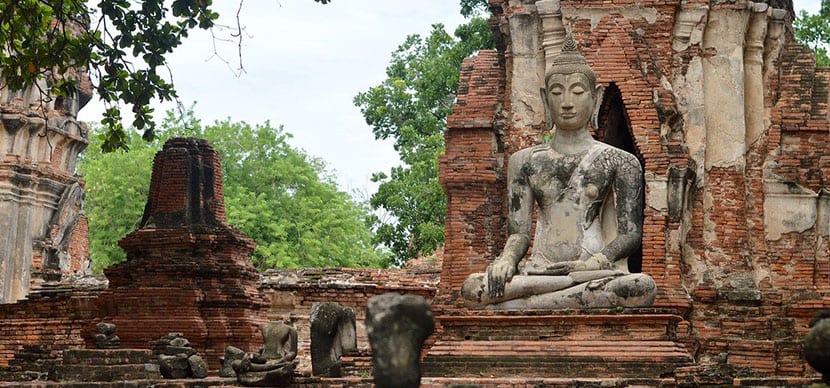
As well there are museums to visit so if you stay longer you can visit them: the Ayuttahaya Historical Studies Center whose visit is recommended to do before going to the archaeological park, the Chantharakasem National Museum and Chao Sam Phraya National Museum. And since the city has been in contact with many foreign cultures, you can take a tour of where these foreigners knew how to settle.
Thus, you can get closer to knowing the dutch settlement dating from the seventeenth century, the Japanese of which nothing original remains but the Japanese government has rebuilt a japanese park resemblance and the Portuguese with the ruins of a Dominican church. Finally, you can not stop walking through the Ayothaya Floating Market.